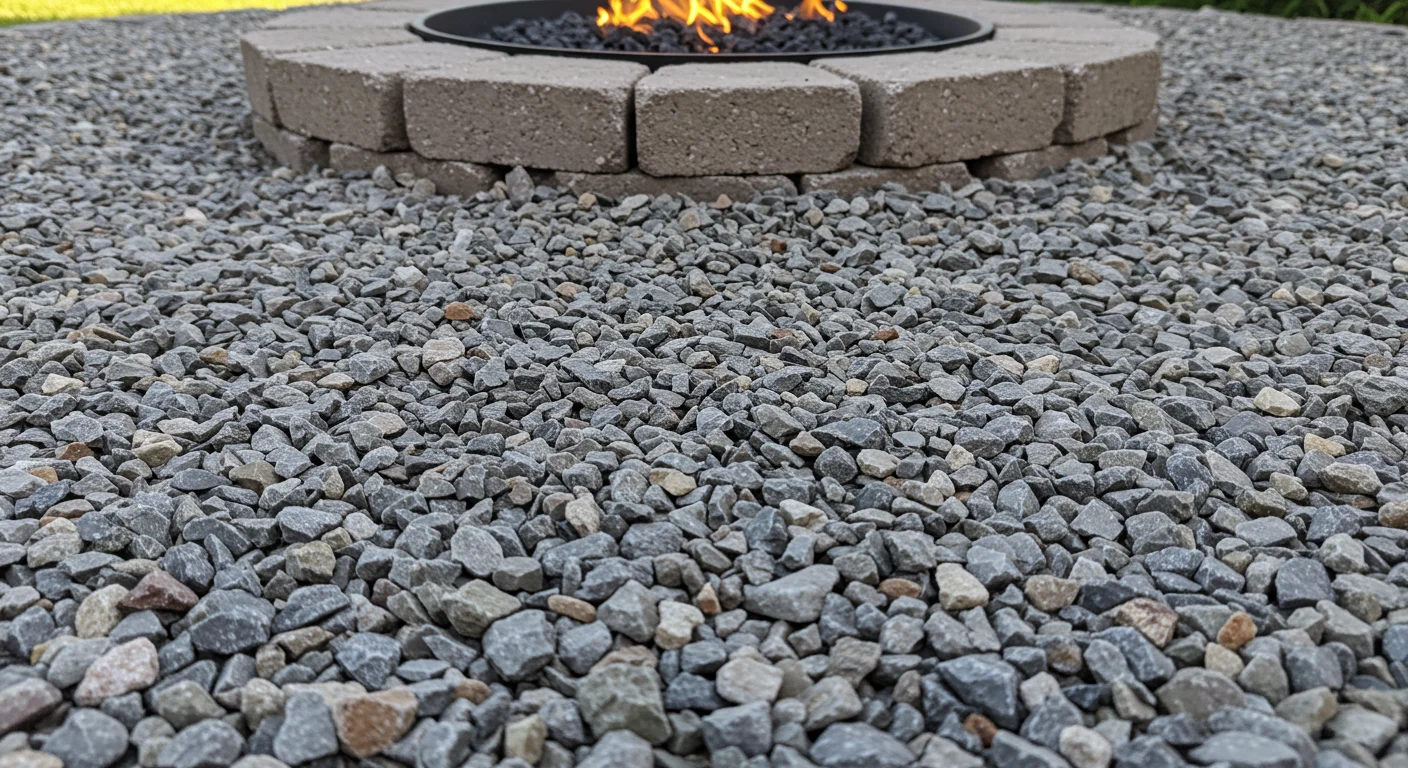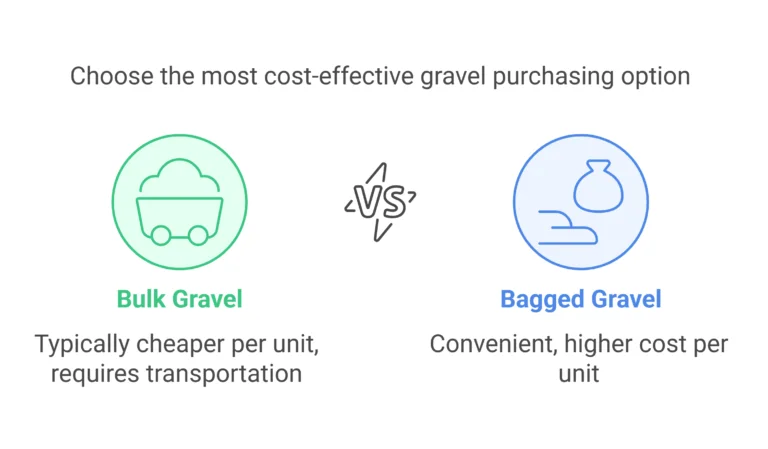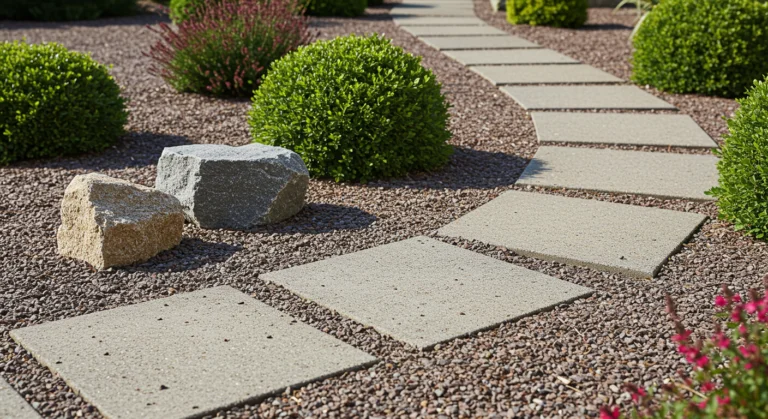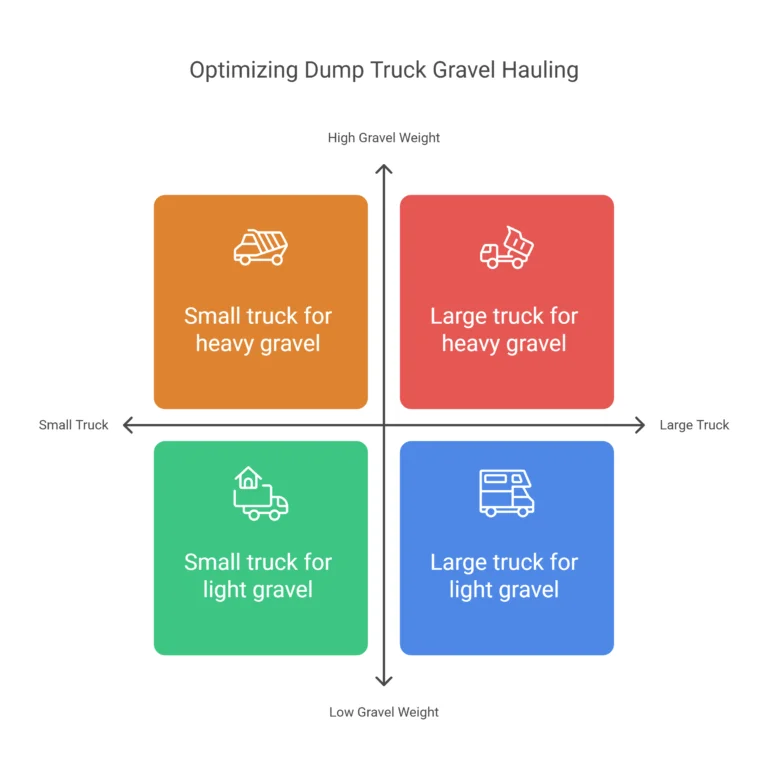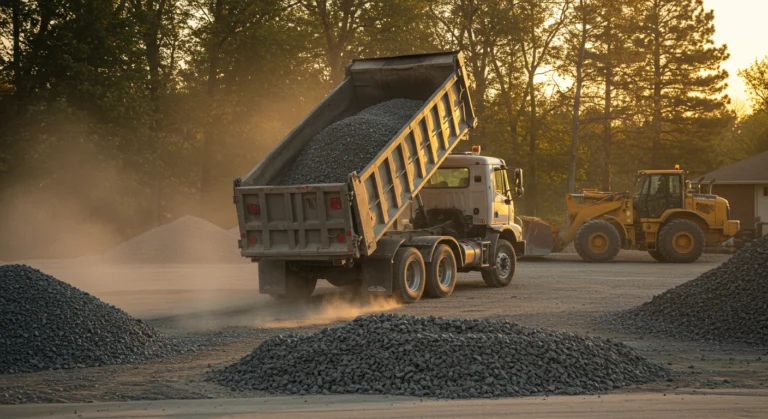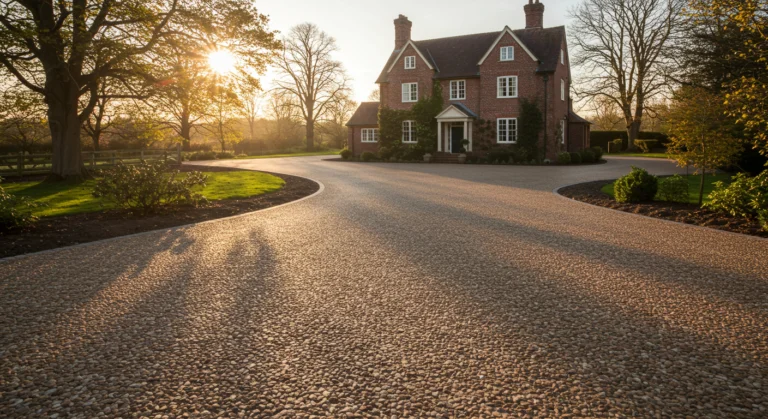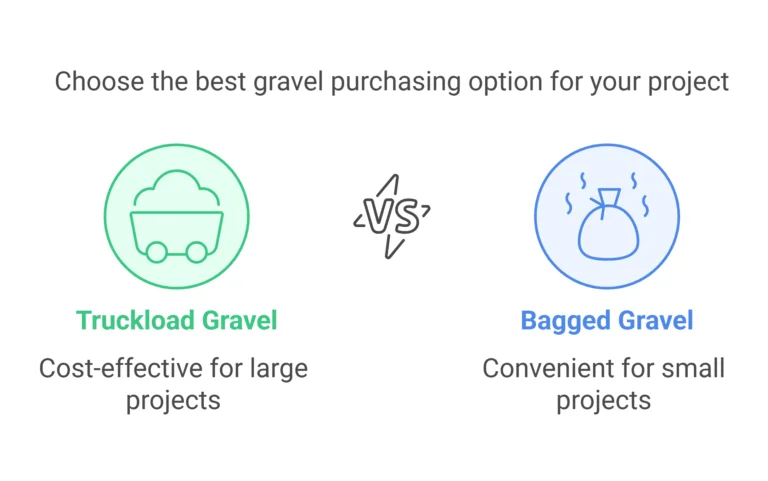Best Gravel for Fire Pit Area
Choosing the right gravel for fire pit area is essential for safety, functionality, and aesthetics.
This guide explores the best gravel options, including crushed limestone, river rock, pea gravel, and heat-resistant gravel, detailing their unique benefits.
It also covers key factors to consider when selecting gravel, such as fire resistance, drainage, durability, and cost.
Practical maintenance tips ensure long-lasting use, while insights from landscaping experts and safety guidelines guarantee a well-informed decision.
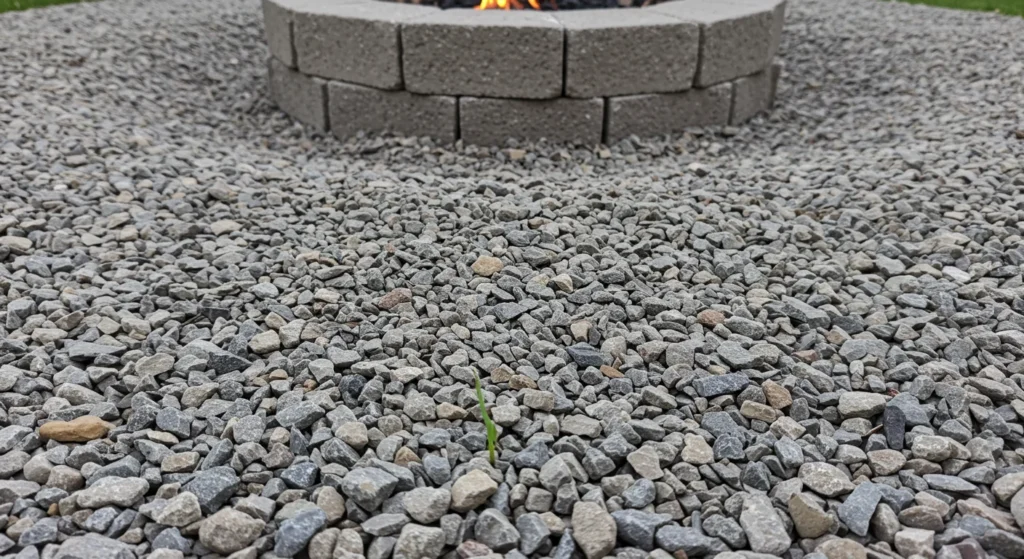
Why is Choosing the Right Gravel Important for a Fire Pit Area?
Choosing the right Gravel for Fire Pit Area is crucial because it affects safety, durability, and the overall aesthetic of your outdoor space.
Gravel serves as a fire-resistant barrier that prevents sparks from spreading, improves drainage to avoid water accumulation, and adds an attractive visual element to your backyard.
The right material also enhances comfort, making the area more enjoyable for sitting and socializing.
What Are the Best Types of Gravel for Fire Pit Area?
Different types of gravel offer unique benefits in terms of fire resistance, stability, and appearance. Here are the top options:
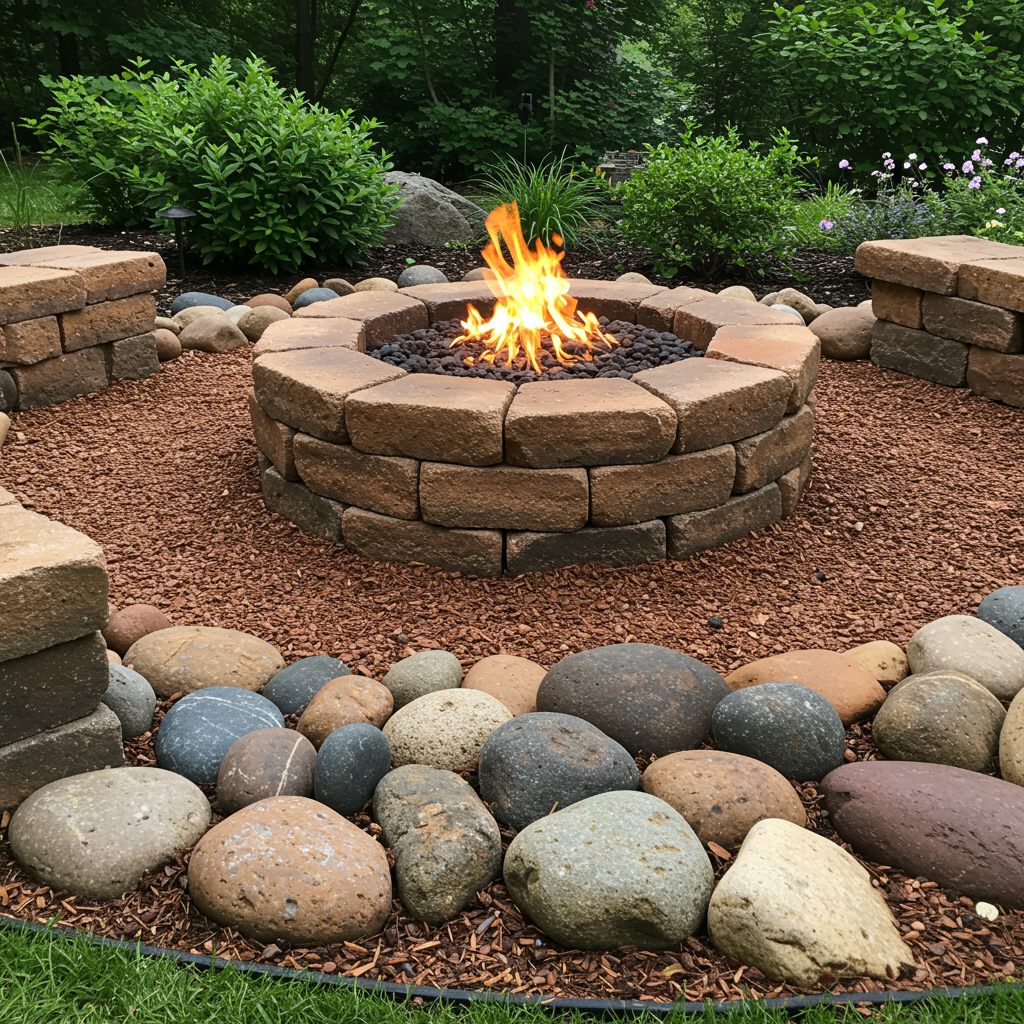
- Crushed limestone is an excellent choice because of its durability, stability, and drainage properties. It compacts well, creating a firm surface that prevents shifting over time. limestone is heat-resistant, preventing the risk of burns or fires spreading. Studies in landscape architecture highlight that limestone effectively absorbs and dissipates heat, making it ideal for fire pit areas.
- River rock enhances the beauty of a fire pit area while providing durability and heat resistance. These smooth, rounded stones come in various sizes and colors, allowing for a customized look. They also promote excellent drainage, reducing the chances of water pooling around your fire pit. However, it is essential to use heat-resistant varieties, as some river rocks can explode when exposed to extreme heat due to moisture trapped inside.
- Pea gravel is a comfortable, affordable, and fire-resistant option for fire pit areas. It consists of small, rounded stones that are easy to walk on barefoot, making it a great choice for seating areas. Pea gravel also drains well, preventing mud and water accumulation. Landscaping studies suggest that a 3–4 inch layer of pea gravel is sufficient for fire pit areas to provide stability and comfort.
- Lava rock and other heat-resistant gravel types are ideal for fire pit areas exposed to extreme temperatures. Lava rock is highly porous, allowing heat to dissipate quickly without cracking or breaking. This makes it one of the safest materials for fire pits. Many professional landscapers recommend using lava rock as a protective layer underneath or around fire pits to enhance fire safety.
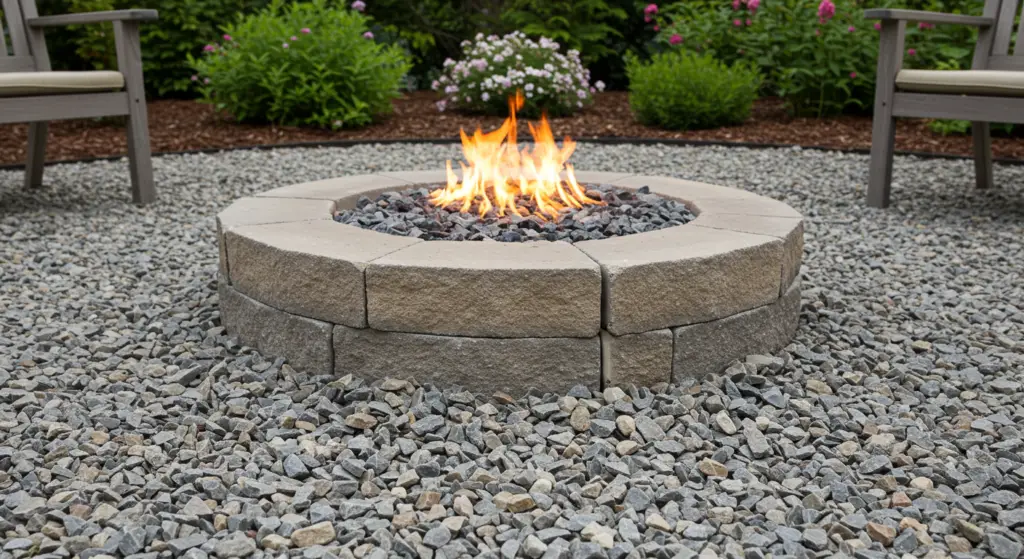
How to Choose the Best Gravel for Your Fire Pit Area?
Selecting the right gravel involves evaluating multiple factors to ensure safety and longevity:
- Choose a material that can withstand high temperatures without retaining heat or igniting.
- Opt for gravel that allows water to pass through, preventing puddles and muddy conditions.
- Ensure the gravel can withstand foot traffic and outdoor conditions without excessive wear.
- Select a gravel color and texture that complements your outdoor space.
- Balance cost and quality, considering long-term maintenance expenses.
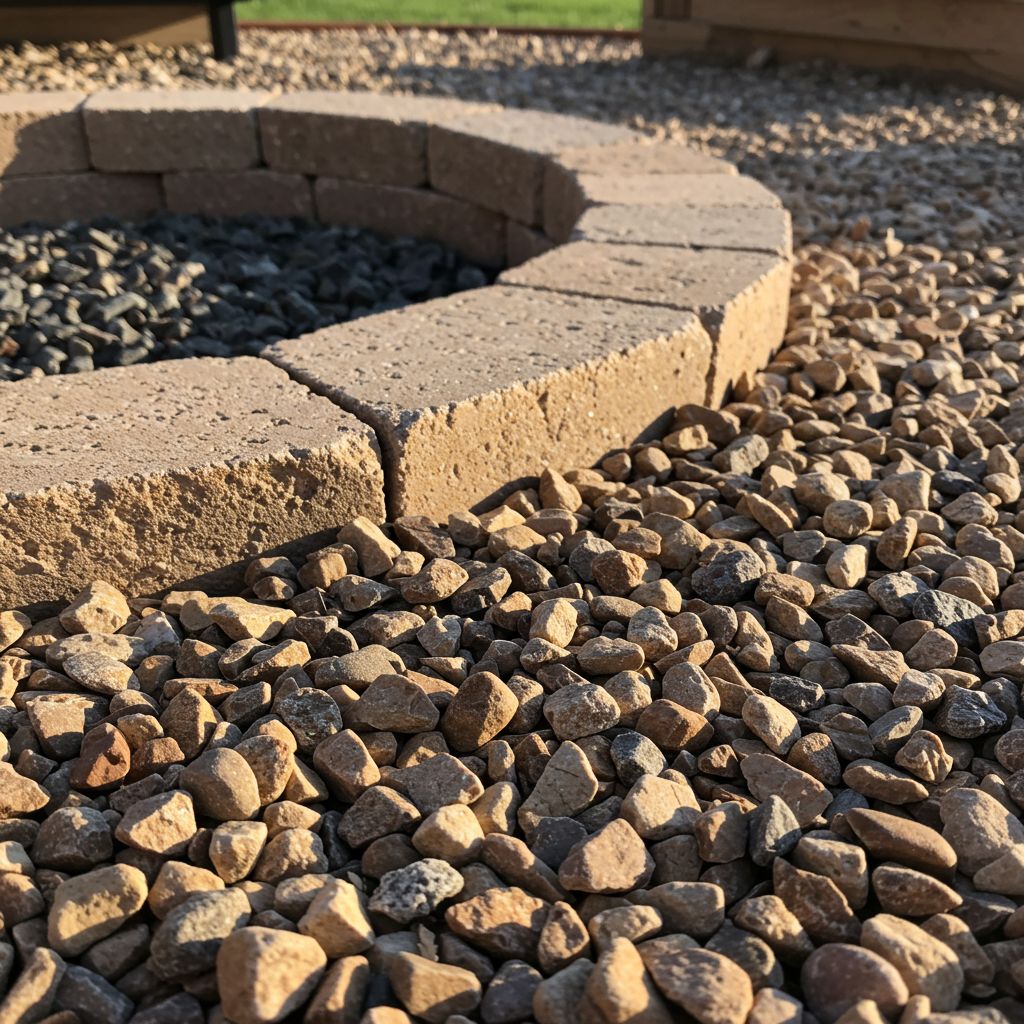
What Are the Best Practices for Installing Gravel in Fire Pit Areas?
- Clear the area of grass, weeds, and debris. Level the surface to ensure stability.
- Lay down a landscaping fabric to prevent weed growth through the gravel.
- For added stability, use a layer of crushed limestone before placing the gravel.
- Ensure at least a 4-inch depth for proper coverage and stability.
- Use a tamper or roller to create a firm, even surface.
Pea Gravel Fire Pit Ideas: Enhancing Aesthetic Appeal
- Combining pea gravel with larger stones creates a visually appealing contrast.
- Use contrasting gravel colors to outline pathways leading to the fire pit.
- Adding decorative pavers or stepping stones enhances the overall design.
River Rock Fire Pit Area: Unique Design Ideas
- Use river rocks to form a circular pattern around the fire pit for a polished look.
- Border the fire pit area with larger river rocks for a rustic appeal.
- Combine river rocks with a small water feature for a serene ambiance.
Limestone Fire Pit Enhancements: Functional and Stylish
- Raised Platforms: Construct elevated fire pit platforms using limestone blocks for added dimension.
- Built-in Seating: Incorporate limestone benches for a cohesive and functional design.
- Subtle Lighting: Add soft lighting to highlight limestone textures and enhance the atmosphere.
How to Maintain a Gravel Fire Pit Area?
- Regular Raking: Smooth out the gravel to maintain an even surface.
- Weed Prevention: Apply a natural weed deterrent or occasional herbicide to prevent growth.
- Checking for Erosion: Refill gravel as needed to keep the area well-covered.
- Removing Debris: Clear out leaves, ash, and other debris to maintain cleanliness.
Common Issues and Their Solutions
- Gravel Displacement: Use edging materials like bricks or stone borders to keep gravel contained.
- Moisture Buildup: Ensure proper drainage by maintaining a sloped surface.
- Uneven Surface: Rake and compact the gravel periodically to maintain stability.
Conclusion
The best gravel for a fire pit area depends on your priorities whether it’s durability, aesthetics, or fire resistance. Crushed limestone provides a stable base, river rock adds natural beauty, pea gravel offers comfort, and lava rock ensures maximum heat resistance.
By choosing the right gravel and following proper installation and maintenance techniques, you can create a safe, stylish, and long-lasting fire pit area that enhances your outdoor space.

